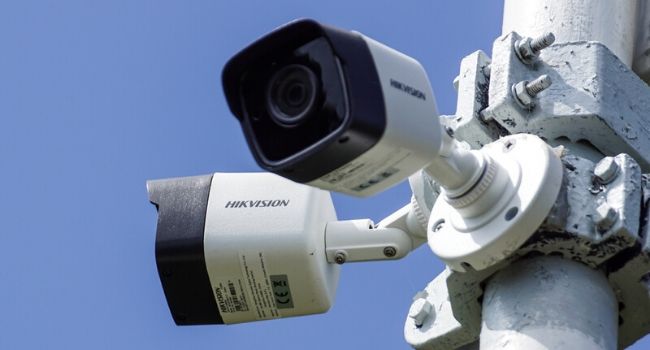
Study: One Billion Surveillance Cameras Expected to Be Installed Globally By 2021
China is home to more than 54 percent of those cameras, and the most growth is expected in developing countries like India and Brazil.
- By Haley Samsel
- Dec 09, 2019
By 2021, more than one billion surveillance cameras will be installed across the globe, according to a new report issued by IHS Markit.
An estimated 770 million cameras are already in place, with about 54 percent of them installed in China, according to CNBC, which reported on a pared-down version of the study.
The Americas are home to the next largest amount of cameras, with 18 percent found in those continents. Asia, excluding China, has about 15 percent of the remaining cameras in the world.
According to the research, the places with the greatest opportunities for growth in the video surveillance market include developing countries like India, Indonesia and Brazil.
The report found that those three countries are expected to join China and the U.S. in the top five markets for surveillance cameras. Japan and the United Kingdom currently hold those spots, with the U.K. currently having more surveillance cameras per capita than any other European country. More private companies are currently moving into Britain to deploy more camera systems in casinos, property firms and more, The Wall Street Journal reported.
Researchers found that the U.S. is only slightly behind China in terms of cameras per person. One camera was installed for every 4.1 people in China in 2018, while the number in the U.S. is a camera per 4.6 people.
Another recent survey found that the U.S. has more surveillance cameras per capita than China, with 15.28 surveillance cameras per 100 citizens. China has a density of 14.36, according to the computer security site Precisesecurity.com.
China’s video surveillance industry provides AI technology to 63 countries, CNBC reported, and is home to some of the largest companies in the market, including Huawei, Dahua and Hikvision. All three companies have been placed on the Commerce Department’s Entity List, which makes it nearly impossible for companies in the U.S. to do business with Chinese corporations.
About the Author
Haley Samsel is an Associate Content Editor for the Infrastructure Solutions Group at 1105 Media.